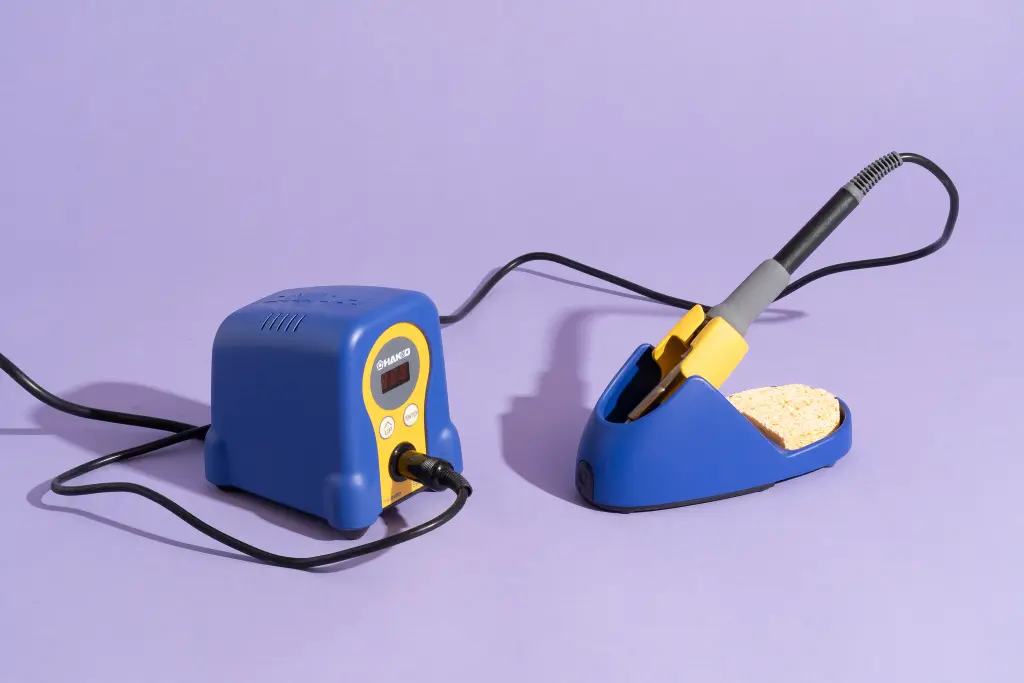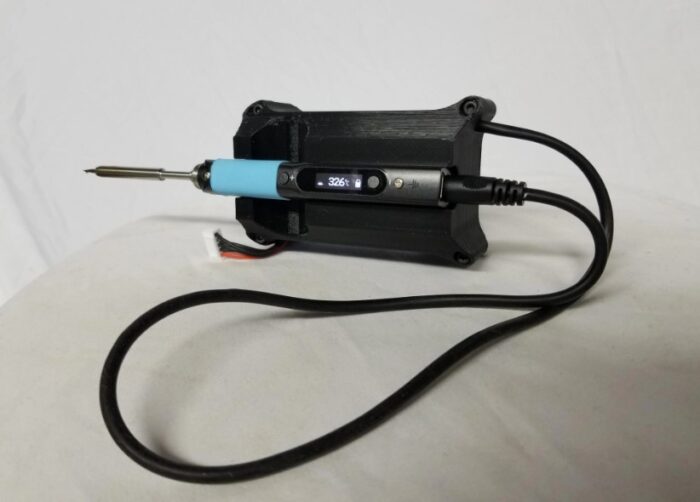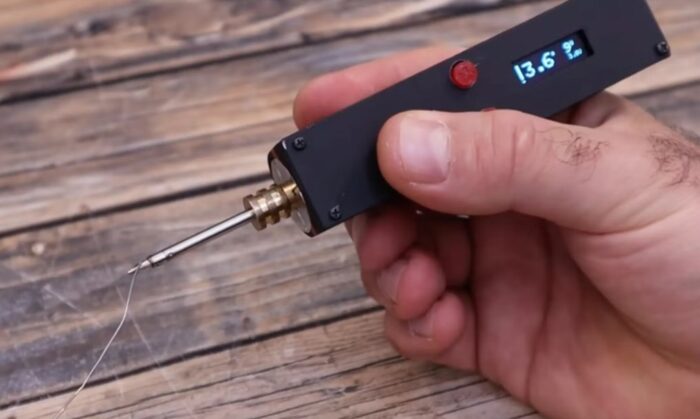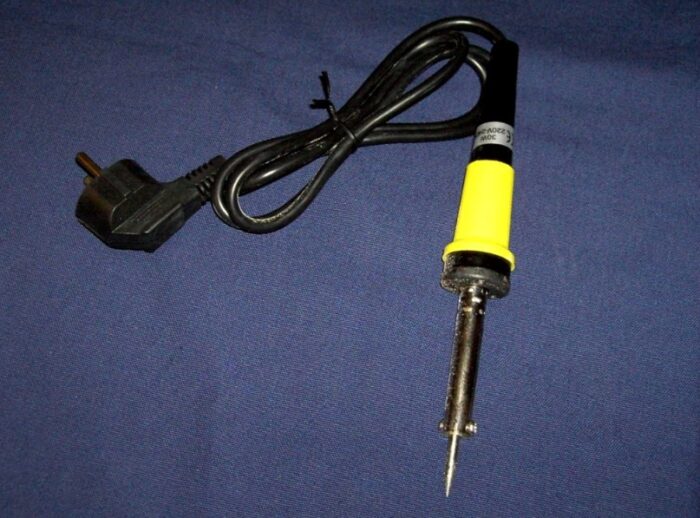
What is a portable soldering iron?
Portable soldering irons are great for those who need to do a lot of soldering or for those who need to be able to solder in hard-to-reach places. They are also great for those who are new to soldering because they are so easy to use. Try looking for the best portable soldering iron now.
How does a portable soldering iron work?

A portable soldering iron is a great tool to have when working on electronics projects. It allows you to quickly and easily heat the solder so that you can make repairs or add new components. But how does a portable soldering iron work?
The soldering iron has a heating element that gets very hot when turned on. This heats the tip of the iron so that it can melt the solder. The solder is then drawn up into the tip of the iron and can be used to join two pieces of metal together.
The portable soldering iron is powered by a battery, so it is completely portable. You can take it with you wherever you go and use it whenever you need to. This makes it a great tool for anyone who works on electronics projects regularly.
What are the benefits of using a portable soldering iron?
In the world of soldering, there are two main types of soldering irons: portable and benchtop. Portable soldering irons are small, lightweight, and easy to use, making them perfect for mobile applications or small repair jobs. Benchtop soldering irons are larger and more powerful, but they can be difficult to maneuver in tight spaces.
So, what are the benefits of using a portable soldering iron? First, they’re easy to use. You can simply plug them in and start soldering, without having to worry about setting up a workstation. Second, they’re highly portable, so you can take them with you wherever you go. Third, they’re relatively inexpensive, so you won’t have to break the bank to get one.
If you’re looking for a soldering iron that’s easy to use and highly portable, then a portable soldering iron is the way to go.
How do I choose a portable soldering iron?

A soldering iron is a handheld tool that is used to melt and join metals together. They are used in a variety of applications, including electronics, jewelry making, and metalworking. Soldering irons come in a variety of shapes and sizes, and choosing the right one depends on the job you need it for.
Portable soldering irons are a great option for those who need a tool that is easy to transport and can be used in a variety of settings. When choosing a portable soldering iron, there are a few things to consider, such as power, size, and features.
Power
The power of a soldering iron is measured in watts. The higher the wattage, the higher the temperature of the iron. For most applications, a soldering iron between 20 and 40 watts will suffice. However, if you are working with thicker metals or need to solder for extended periods, you may need an iron with more power.
Size
The size of the soldering iron tip is another important consideration. The tip size should be appropriate for the job you are doing. For example, a smaller tip is better for delicate work, while a larger tip is better for soldering larger joints.
How do I use a portable soldering iron?

A soldering iron is a device with a heated tip that melts the solder, which is then used to join two pieces of metal together. Soldering is a common way to join electronics components to a circuit board, and a portable soldering iron is a handy tool to have when working on electronics projects.
To use a portable soldering iron, start by plugging it into an outlet and letting it heat up for a few minutes. Then, touch the tip of the iron to the solder wire, and hold it there until the solder melts. Next, touch the tip of the iron to the two pieces of metal that you want to join together, and hold it there until the solder melts and flows between the two pieces. Finally, remove the iron and allow the joint to cool.
If you’re new to soldering, it’s a good idea to practice on some scrap metal before trying to solder your electronics components. This will help you get a feel for how much solder to use, and how to apply the iron so that the solder flows evenly between the two pieces.








